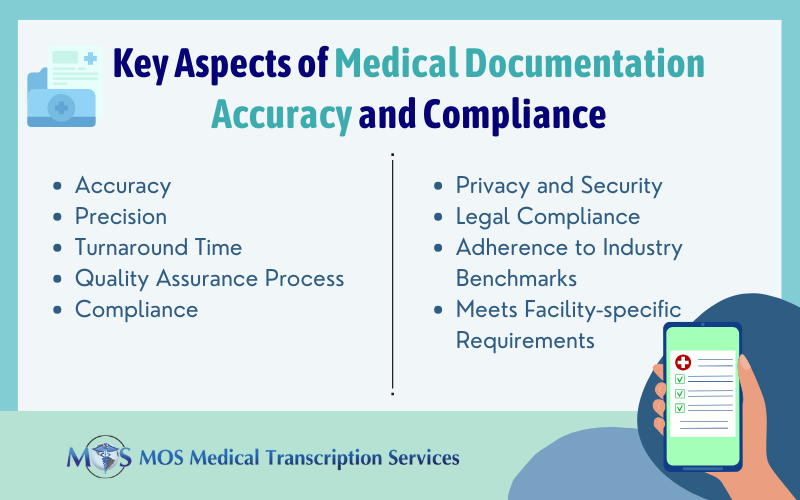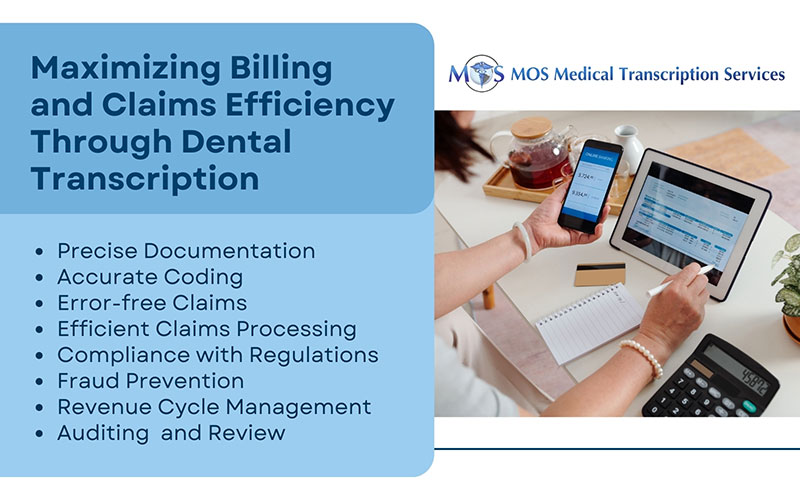The goal of the U.S. healthcare system, or of any healthcare system for that matter, is to achieve better outcomes at lower costs. Managing health care delivery is a complex task, and many physicians are increasingly relying on medical transcription services as well as outsourced solutions so that they can focus on their core tasks. Over the years, healthcare providers have experimented with different models of care delivery such as accountable care organizations and retail health clinics. New Medical recently reported on a new study which found that a comprehensive care physician (CCP) model could improve care while reducing hospitalization and costs for high risk patients. The study was featured in the May 20, 2018, New York Times Sunday Magazine.

A 2017 Harvard Business Review article reported that almost half of the nation’s health care spending is driven by the top 5% of the population with the highest spending, with the top 1% accounting for more than 20% of total health care costs. High risk patients have multiple chronic conditions and are often in intensive care units. They may undergo a slew of tests and procedures to manage their chronic conditions rather than to treat or prevent them. In addition to driving up costs, the report notes that repeated hospitalizations exhaust physiologic reserves, leaving patients at a higher risk of early readmission and mortality.
The CCP model could provide the solution to this complex problem, according to a new study from the University of Chicago Medicine. The study was led by David Meltzer, MD, PhD, professor of medicine at the University of Chicago and chief of hospital medicine.
In the comprehensive care model, physicians focus on patients at increased risk of hospitalization so that they can provide both inpatient and outpatient care to their patients. A CCP’s team includes nurse practitioners, social workers, care coordinators, and other specialists who can manage high risk patients. Each physician has a panel of about 200 patients at a time.
Between November 2012 and June 2016, the University of Chicago Medicine enrolled 2000 patients with chronic health problems in a clinical trial in order to assess an innovative method to reduce hospitalization. The key aspects of the research are as follows:
- Most of the patients had been hospitalized at least once in the previous year.
- All of the participants had Medicare coverage.
- Half of the patients in the study were assigned to “standard care” by a hospital-based primary care physician who saw them as needed in the clinic, but did not directly supervise their care if they were hospitalized.
- The other half was put under the care of one of five CCPs, who saw them in the clinic and also cared for them when they were admitted in the hospital.
The University of Chicago Medicine CCP model was designed to provide better care at lower cost. The goal was to determine if comprehensive care physicians (CCPs) could improve care while reducing hospitalization for patients at high risk of being hospitalized. The team’s pilot study found that:
- The CCP model improved the continuity of patient care during and after a hospital stay
- It Strengthened the bond between doctor and patient
- CCP patients also reported “a better experience” than those who got standard care
- The CCP arrangement was reduced health care utilization and expenses – hospitalization rates for CCP patients were 15 to 22 percent lower than for standard care patients
- Patients put in the care of CCPs gave their physicians higher ratings on a patient satisfaction survey required for all hospitals by the Centers for Medicare and Medicaid Services
- While the University’s standard care physicians scored quite well, in the 80th percentile nationally, the CCP doctors were in the 95th percentile.
- CCP physicians were also ranked higher by patients dealing with mental health issues
The CCP model enhanced the doctor-patient relationship including trust interpersonal relations, communication and knowledge of the patient, which are all associated with lower costs and better outcomes.
The study authors concluded that this program “may improve patient experience and health status while substantially reducing utilization for patients at increased risk for hospitalization”.
The ongoing University of Chicago Medicine trial is enrolling patients who are predicted to spend an average of 10 days a year in the hospital. While many have chronic diseases, others are geriatric patients living in residence homes or patients with chronic kidney disease requiring regular dialysis treatment. The next phase of the study is the Comprehensive Care, Community & Culture Program (C4P), an expanded program aimed at addressing unmet social needs of economically and socially disadvantaged patients.
Other recent innovations in health care include retail clinics, urgent care centers, electronic visits, coaching navigators, and nurse practitioners directly visit a patient’s home. In Medicare’s accountable care organization (ACO) model, hospitals, medical groups and other providers agree to manage the medical care for a group of patients with the goal to improve care and reduce unnecessary spending. If successful, providers are entitled to keep a share of the savings.
With new health care models redefining the role of physicians and their staff, efficient support for electronic health record documentation is crucial to deliver quality care. Medical transcription outsourcing to a reliable service provider can meet this requirement.


